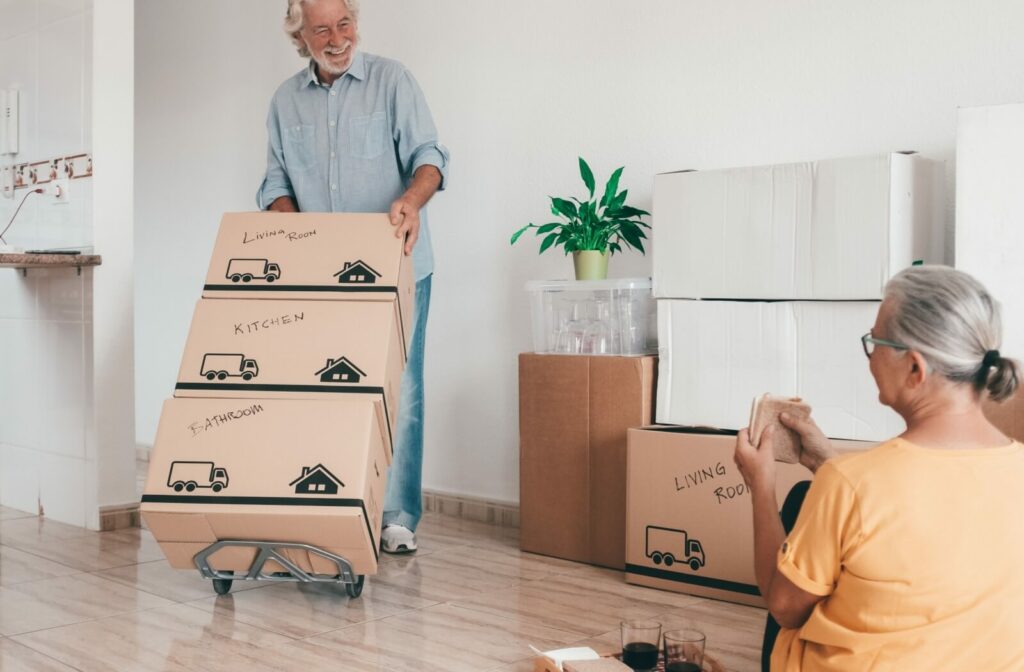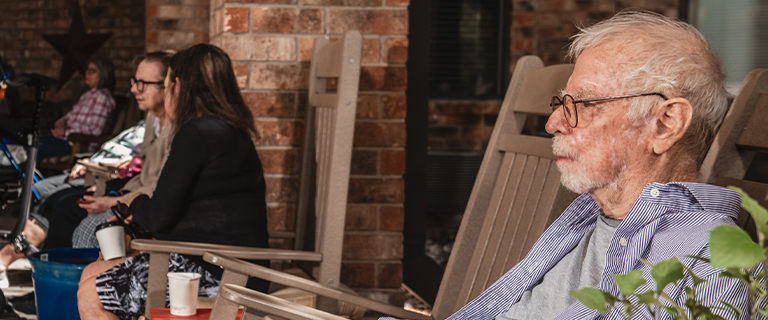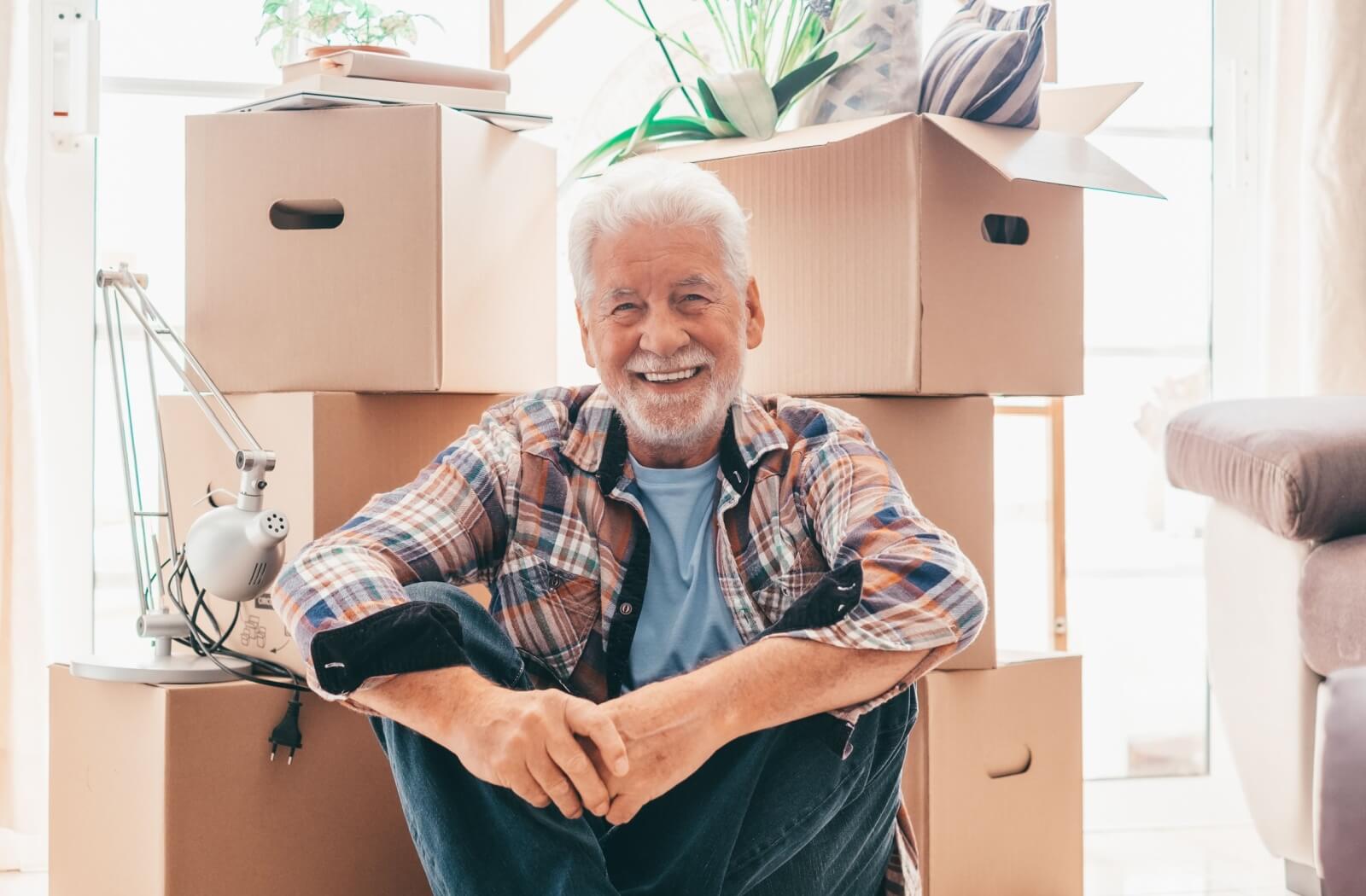The decision to move into an assisted living community is a significant one, both for seniors and their families. It marks the beginning of a new chapter filled with opportunities for social interaction, increased safety, and access to professional care.
Yet, like any move, the transition to assisted living requires thoughtful preparation, particularly when it comes to packing. This guide is designed to help family caregivers, seniors, and new assisted living residents pack efficiently, ensuring that comfort and a sense of home are prioritized.
The Importance of Planning Ahead
Before starting the packing process, it’s essential to understand the facility’s guidelines and available space. Some assisted living communities provide furniture, while others may allow residents to bring their own. Check with the facility to understand the size of the living space and any restrictions on items such as electronics or furniture.
1. Personal Comfort Items
Familiar items can make a new place feel like home. Here are some essentials to consider:
- Bedding: Depending on the facility’s offerings, bring favorite pillows, comforters, or blankets. A cozy quilt or throw can add warmth and comfort.
- Photographs and Keepsakes: Family photos, framed pictures, or small memorabilia can provide emotional support and personalize the space.
- Decorative Items: Simple decorations, like a favorite vase or clock, can make the environment more inviting.
2. Clothing and Footwear
Comfort and practicality are key when selecting clothing:
- Everyday Wear: Pack comfortable, easy-to-wear clothing that suit both lifestyle and preferences. Consider the facility’s climate control and the local weather.
- Formal Wear: Include a few formal outfits for special occasions or events.
- Footwear: Choose supportive shoes for daily wear and include slippers for indoor comfort. Non-slip soles are highly recommended.
3. Personal Care and Toiletries
While many facilities provide basic toiletries, having personal favorites can enhance comfort:
- Toiletries: This includes shampoo, conditioner, soap, toothpaste, and personal grooming items.
- Skincare Products: Bring familiar lotions or creams, especially if there are specific skin needs.
- Health Supplies: Don’t forget items like glasses, hearing aids, and any mobility aids.
4. Medical Needs
Keeping track of medical supplies and information is critical:
- Medications: Ensure all prescriptions are filled and organized, possibly using a pill organizer for ease of use.
- Medical Records: Having copies of medical history, current prescriptions, and doctors’ contact information is essential.
- First Aid Kit: A basic first aid kit can be helpful for minor injuries or emergencies.

5. Kitchen and Dining
Depending on the facility’s dining services, residents might want some personal kitchen items:
- Snacks and Drinks: Pack favorite snacks or specialty teas and coffees.
- Small Appliances If allowed, a small kettle or coffee maker can be useful.
- Utensils and Dinnerware Though not always necessary, some residents prefer to have their own.
6. Entertainment and Hobbies
Keeping engaged and entertained is important for well-being:
- Books and Magazines: Pack a selection of favorite reads.
- Craft Supplies: If the resident enjoys crafts, include necessary supplies for knitting, painting, or other hobbies.
- Games and Puzzles: Board games or puzzle books can provide mental stimulation.
7. Communication Tools
Staying connected with family and friends is crucial:
- Technology: Devices like smartphones, tablets, or laptops, along with their chargers, help maintain communication and entertainment.
- Contact List: A written list of important contacts is helpful if technology fails.
8. Safety and Accessibility
Ensuring safety and accessibility can prevent accidents and enhance independence:
- Night Lights: These can help prevent falls during nighttime visits to the bathroom.
- Labels and Tags: Clearly labeling personal items can prevent loss or mix-ups.
Final Thoughts and Tips
Moving into assisted living is a major life transition, but proper preparation can ease the process. Here are a few additional tips:
- Take Inventory: Make a list of all items being packed to ensure nothing is forgotten.
- Prioritize Functional Over Sentimental: While it’s important to keep sentimental items, make sure the essentials come first.
- Communicate: Talk with the resident about their preferences and any concerns they have.
- Visit the Facility Before the Move: Visiting the facility can help identify what items will be most needed and can provide peace of mind ahead of time.
For both family caregivers and older adults, the transition to assisted living can be both daunting and exciting. By focusing on what’s most important—comfort, familiarity, and practicality—you can help create a living space that feels like home.
For those embarking on this new chapter, remember that you’re not alone. Book a tour with Parsons House in Austin, TX to learn more about assisted living. We’re dedicated to making your time with us feel like home, and we offer a range of amenities that build a comfortable, community feeling—including a movie theatre, a yoga studio, a library, and various other organized activities. We want your move to be a positive experience!



